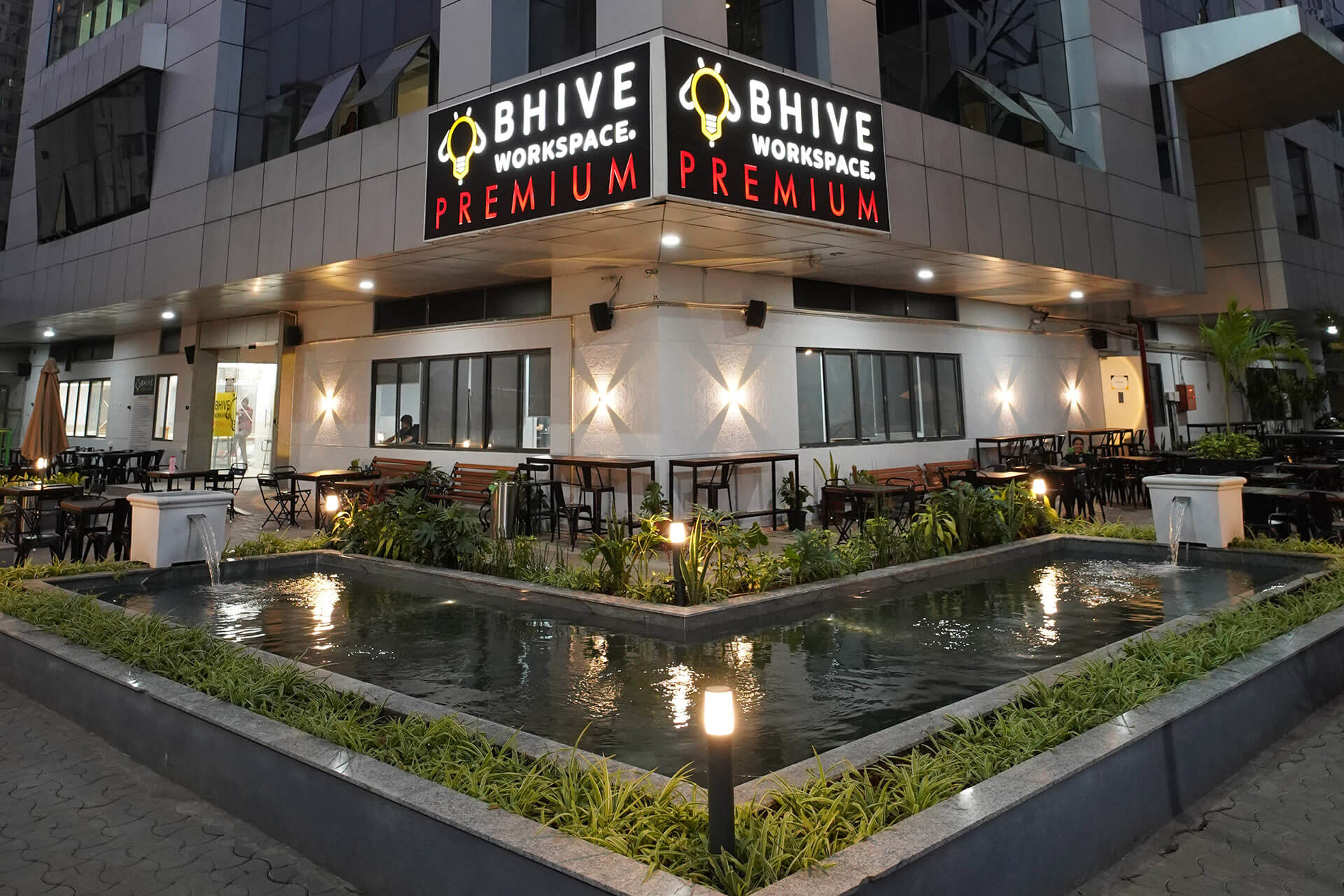E - PAPER
Energy Efficient Design
Sachin Rastogi, Founding Director and Principal, ZED Lab The concept of energy efficiency puts into focus how we can assimilate architectural wisdom from our vernacular, leverage technology to develop environmentally compatible and economically viable system
 BY
Realty Plus
BY
Realty Plus
Published - Monday, 23 Nov, 2020

Sachin Rastogi, Founding Director and Principal, ZED Lab
The concept of energy efficiency puts into focus how we can assimilate architectural wisdom from our vernacular, leverage technology to develop environmentally compatible and economically viable systems, and design in tune with nature, to build living spaces optimized for energy savings.
Contrary to common assumptions, energy-efficient design does not take away from user comfort; in fact, it is about limiting energy consumption to a minimum while ensuring maximum thermal comfort, occupant productivity and wellbeing. Many factors, including architectural planning, form development and the choice of materials can go a long way in ensuring energy efficiency.
Additionally, adopting active strategies such harnessing solar energy through photovoltaic (PV) panels, efficient HVAC systems, Energy Star-rated appliances, glazed windows and other measures can help conserve energy and reduce our dependence on automated heating and cooling. Moreover, planning for adaptability as per user requirements is fast becoming a key consideration in creating comfortable indoor environments. Offering occupants, the flexibility to control building features to suit themselves is something that we need to factor in, as we work towards designing for the future.
And while such active strategies are effective, the incorporation of systems such as solar panels and energy-efficient HVAC may not always be affordable. In this regard, passive design strategies go a long way in constituting energy-efficiency as well as nurturing physiological and psychological wellbeing. If we think about it, our country’s architecture has for centuries employed design mechanisms for energy efficiency.
We see the use of elements such as jaalis (latticed screens), chajjas (sloping eaves and canopies) and jharokhas (overhanging balconies), particularly in India’s northern regions addressed needs for lighting and ventilation while protecting occupants from harsh sunlight. Aangans or courtyards have always been a defining feature of Indian architecture, facilitating air circulation and bringing light into the interior spaces. Similarly, thick walls were constructed to act as thermal buffers and reduce heat gain through the building envelope. These features remind us that we need only look to our past to create design frameworks for our present and future needs.
In recent times, parametricism in India has been very slowly echoing the theme of the modern architectural language. The term ‘parametric’ is derived from parametric equations which refer to the use of certain parameters that can be modulated to alter the result of an equation or a mathematical system.
Through preliminary studies and analyses, energy requirements, say for a residence (building loads such as the heat load, electrical needs, etc.) are calculated. The building is then designed to minimize the environmental impact by keeping in mind observations and inferences from our studies that are backed by computational analyses.
The first and foremost consideration for designing would be orientation. The second step is to understand the usage of interstitial spaces and work towards minimizing the heat load through the building envelope. The design, size and orientation of openings, which include window shading devices, and maintaining effective wall-to-window-ratios, is arrived at through solar radiation studies.
Further, wall sections and the thermal properties of materials, as well as u-values of glazing, are studied to determine the design of external walls. The forms and sizes of fenestration are designed to maximize daylighting within the interior spaces to as much as 100 per cent, bringing down the home’s electricity loads. These interventions work in tandem for maximum energy efficiency and overall cost savings.
RELATED STORY VIEW MORE
NEWS LETTER
Subscribe for our news letter
E - PAPER
-

CURRENT MONTH 
LAST MONTH















